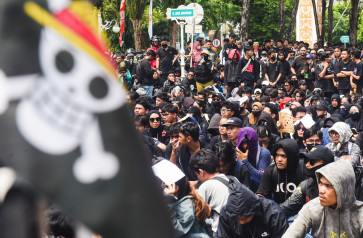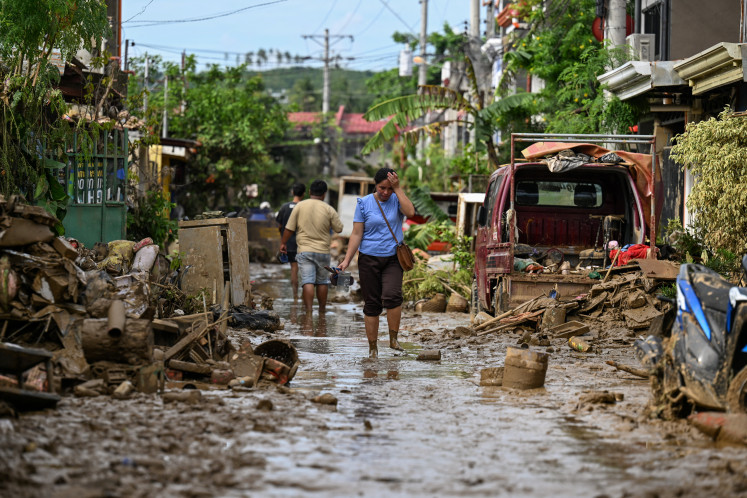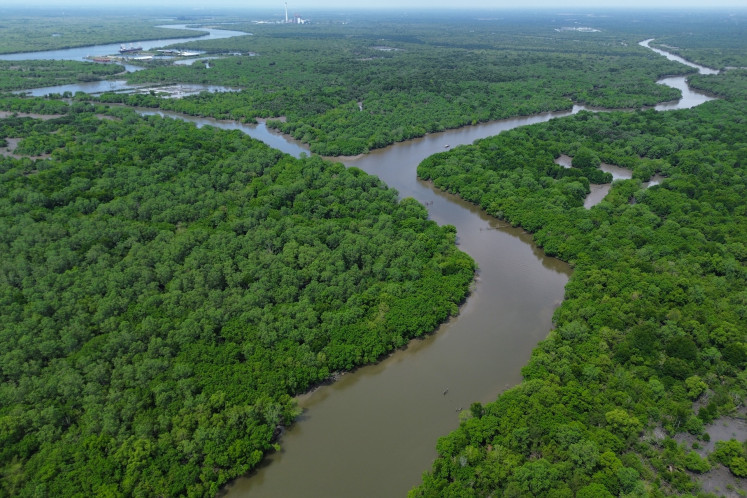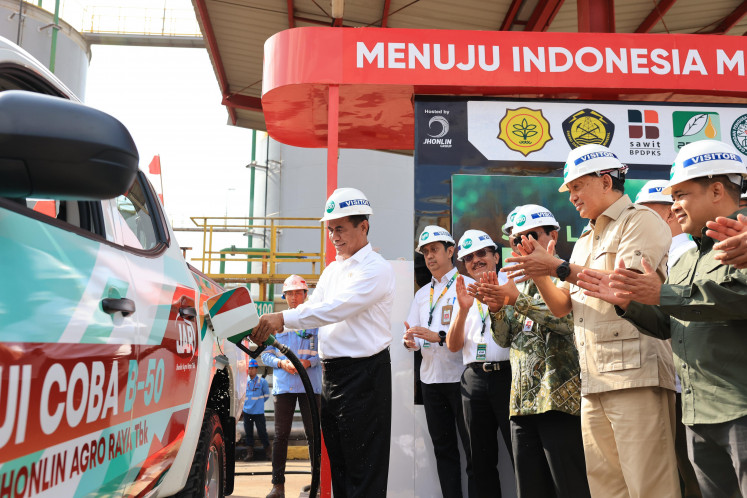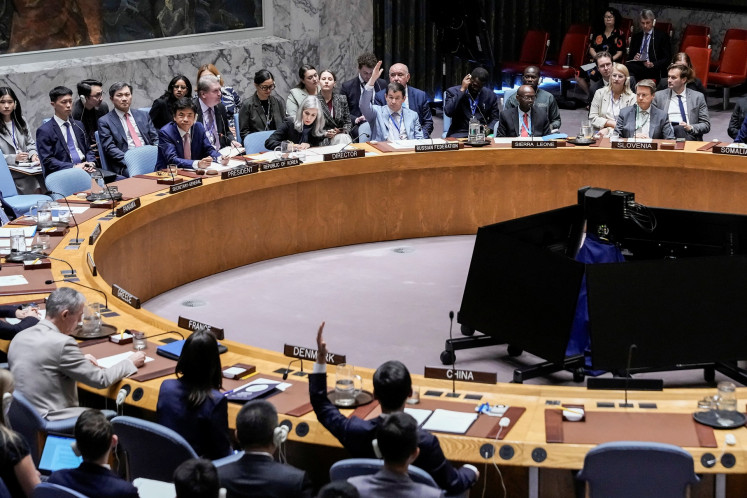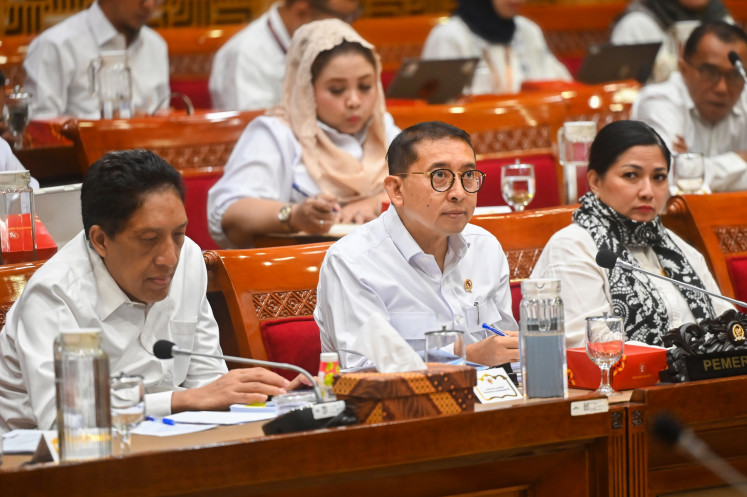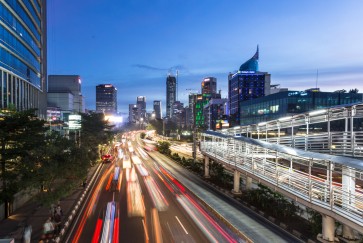Popular Reads
Top Results
Can't find what you're looking for?
View all search resultsPopular Reads
Top Results
Can't find what you're looking for?
View all search resultsToward sustainable cities in Southeast Asia
ASEAN is home to some of the largest and some of the fastest growing cities of the world. A few of those cities are already some of the most populated metropolises in the world.
Change text size
Gift Premium Articles
to Anyone
P
opulation growth and urbanization are projected to add 2.5 billion people to the world’s urban population by 2050, with nearly 90 percent of the increase coming in Asia and Africa. In Southeast Asia, urbanization is one of the major trends currently shaping Southeast Asian societies.
With a population of more than 630 million in 2015, more than 40 percent of whom have already urbanized at a rate of 5.6 percent per year in Laos, 4.6 percent in Cambodia, 3.9 percent in Myanmar and 3.3 percent in Indonesia, ASEAN is home to some of the largest and some of the fastest growing cities of the world. A few of those cities are already some of the most populated metropolises in the world.
Without acknowledgment, the constant increase of ASEAN’s urban population will continuously put pressures on its sustainability. Combined with the impacts of climate change, these pressures may lead to unsustainable futures for ASEAN cities.
On the other hand, weak planning and human resources, lack of financial resources and low levels of good governance coupled with a lack of readiness to efficiently manage urban natural resources, to use low-carbon technology and to improve disaster risk management and climate resilience, will lead to the same unsustainable future as above.
The issue is timely now that the eighth EAS Seminar on Sustainable Cities will be held in Chiang Rai, Thailand on Feb. 8 and 9.
The study on climate change vulnerability in ASEAN in 2009 found that the whole of the Philippines, the Mekong River delta in Vietnam, almost all the regions of Cambodia, North and East Laos, the Bangkok region and parts of Sumatra and Java in Indonesia are among regions vulnerable the most to climate change impacts.
Land subsidence is a wellknown phenomenon affecting Jakarta and some other ASEAN cities, causing damage to housing, buildings and infrastructure, expansion of flooding areas, malfunction of drainage systems and river canals and increased inland sea water intrusion.




